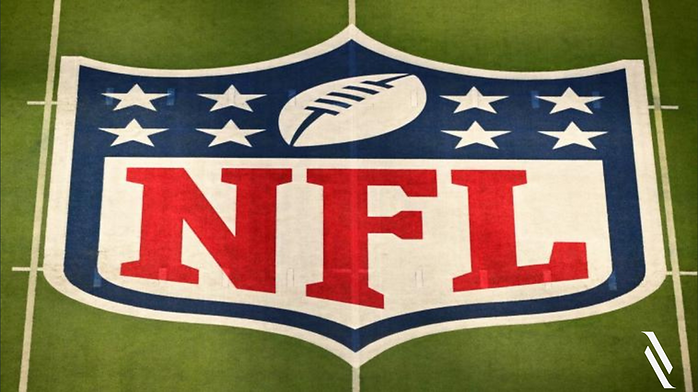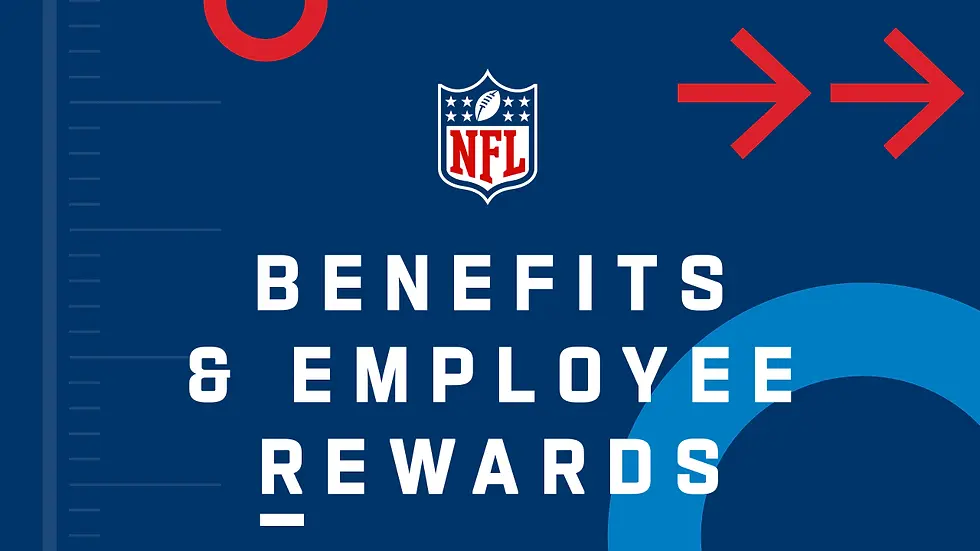Alright, so someone asked me the other day about this NFL pension business, specifically the “after 3 years” part. You hear stuff, right? Bits and pieces. But I like to get to the bottom of things when they catch my interest, especially when it’s about how things actually work for folks.
So, I decided to dig into it. My first step, like always, was just to see what was easily out there. You type it in, and boom, a whole lot of articles and official-looking documents. But honestly, a lot of it felt kinda dense. You know, like it’s written for lawyers or agents, not regular people trying to understand the basics.

I spent a bit of time just sifting through. My goal was simple: figure out if this three-year thing was real and what it generally meant. I wasn’t trying to become an expert on every single clause, just get the main idea.
After a while of reading and trying to connect the dots, a clearer picture started to form. It turns out, yes, that three-year mark, or more accurately, three credited seasons, is pretty significant. That seems to be the main threshold for what they call being “vested” in the pension plan.
Now, “vested” – what’s that even mean in plain English? From what I gathered, it’s basically like you’ve put in enough time to officially qualify. You’re on the list. You’ve earned a future benefit. It doesn’t mean you get a big payout the day you hit three years and one game, not at all. It means you’re eligible to receive a monthly pension payment later on in life, typically when you reach retirement age, like 55 or older depending on the specifics.
I also picked up that it’s not just about being signed for three years. You need to earn what they call a “credited season.” This usually means being on the active roster, or injured reserve, for a certain number of games in a season – often three games, from what I’ve seen mentioned. So, it’s not just about hanging around; you’ve got to be properly on the team for that season to count towards your pension.
So, what I did was try to imagine explaining this to someone. If a player puts in three credited seasons, they’ve basically unlocked that future pension benefit. The actual amount they get? Well, that’s a whole other kettle of fish. That depends on how many credited seasons they end up playing in total, their earnings, and the specific terms of the plan at the time, which can change with new collective bargaining agreements. More years played generally means a bigger pension check later.
It was a bit of a rabbit hole, not gonna lie. You start with one question, and it leads to five more. But I kept pulling on the main thread: what happens after three years?
Here’s the simple takeaway I got from my digging:

- Yes, 3 credited seasons is a key milestone for NFL pension eligibility.
- It means you become “vested.”
- This qualifies you for a monthly pension payment later in life, not immediately.
- The amount varies based on total credited seasons and other factors.
- A “credited season” has its own rules – it’s not just about being on the payroll.
So, yeah, that’s what I pieced together. It wasn’t about finding some secret loophole or anything. It was just about cutting through the jargon and getting a practical understanding. It’s good to know that there’s something there for players who put in at least that amount of time. A bit of a safety net for the future, built up over their playing careers. That’s my practice for today, just sharing what I found out!
















